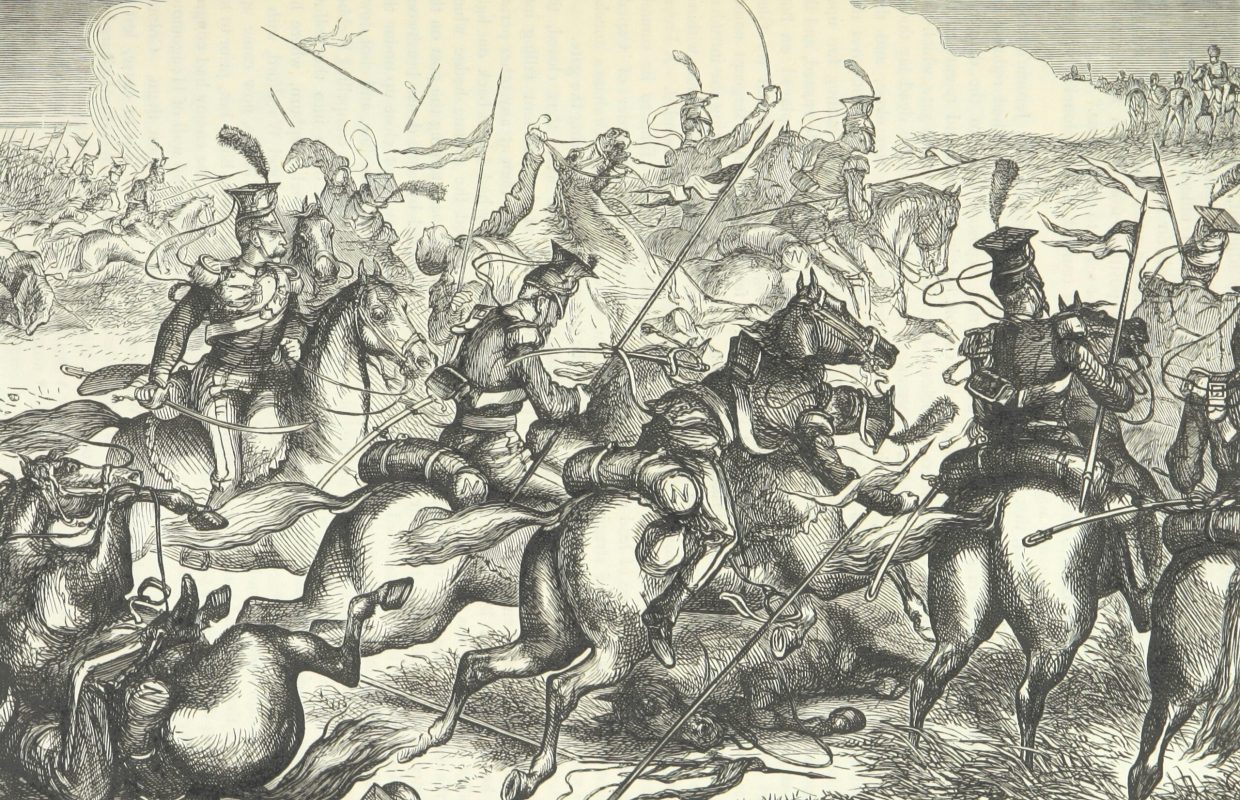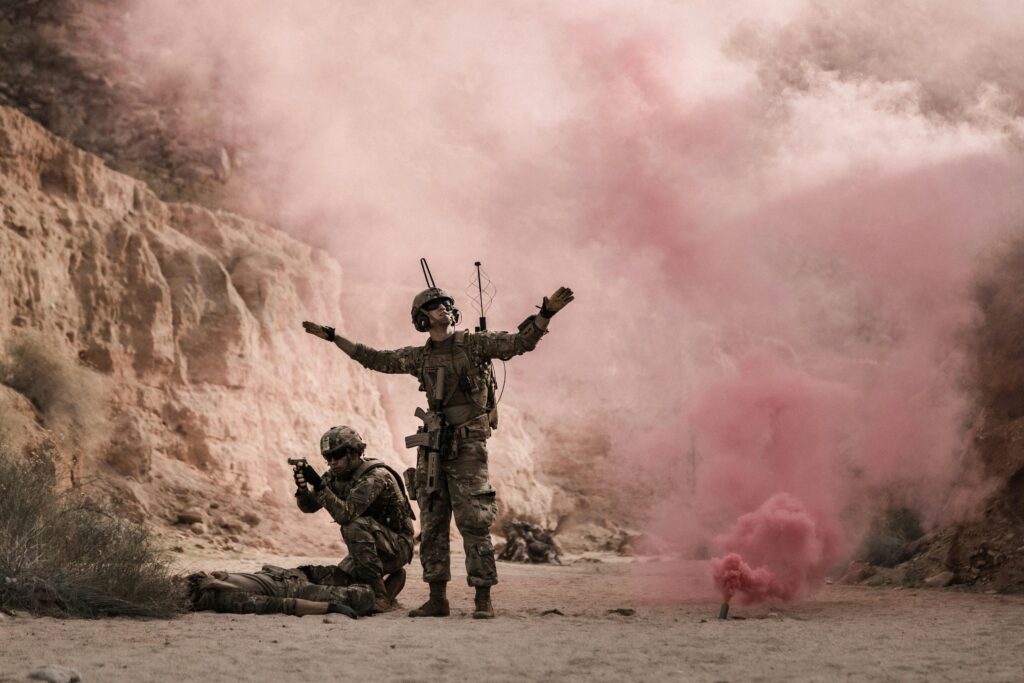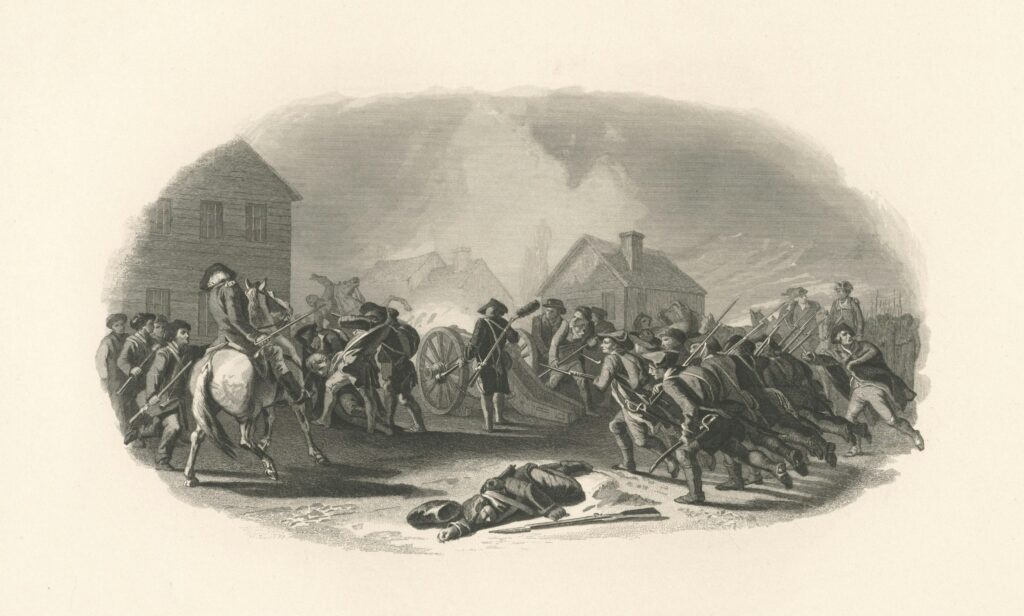The Battle of Midway stands as one of the most decisive and pivotal naval engagements in World War II, marking a dramatic turning point in the Pacific Theater. Fought in June 1942, just six months after the attack on Pearl Harbor, this fierce clash between the United States and Imperial Japan reshaped the course of the war at sea. In this article, we’ll explore how the strategic brilliance, intelligence breakthroughs, and sheer determination of Allied forces at Midway not only halted Japanese expansion but also shifted the momentum decisively in favor of the Allies. Join us as we dive into the events, tactics, and lasting impact of this legendary battle that changed naval warfare forever.
Table of Contents
- Strategic Context Leading to the Battle of Midway
- Tactical Innovations That Defined the Conflict
- Analyzing the Impact on Pacific Naval Dominance
- Lessons Learned and Recommendations for Modern Naval Strategy
- Wrapping Up
Strategic Context Leading to the Battle of Midway
In the turbulent months leading up to June 1942, the Pacific theater was a chessboard of immense strategic maneuvering. Japan, seeking to consolidate its dominance and cripple the United States’ naval capabilities, aimed to deliver a decisive blow by targeting Midway Atoll. This small, seemingly inconspicuous island held outsized importance due to its location, serving as a crucial forward base for American forces. By capturing Midway, Japan intended to extend its defensive perimeter, disrupt Allied communications, and force the U.S. Pacific Fleet into a battle on terms favorable to Tokyo.
The U.S. Navy, however, was not operating blindly. Thanks to breakthroughs in signals intelligence and cryptanalysis, American codebreakers had penetrated Japanese naval communications, unmasking the planned offensive. This intelligence coup provided the foundation for a counter-strategy centered on ambush and attrition. The stakes were monumental, turning the battle into a clash that would define naval warfare in the Pacific. Ultimately, the confrontation was a culmination of:
- Japan’s expansionist ambitions and desire to maintain momentum after early victories.
- The strategic value of Midway as a gateway between Hawaii and East Asia.
- U.S. intelligence efforts that shifted the advantage in what was expected to be a one-sided conflict.
Tactical Innovations That Defined the Conflict
At the heart of the Midway engagement were groundbreaking tactical maneuvers that altered naval warfare’s trajectory. Carrier-based aircraft deployment reached new heights, leveraging surprise and speed in ways previously unimagined. The U.S. Navy’s adept use of intelligence, particularly the deciphering of Japanese communication codes, allowed American forces to anticipate enemy movements and position their limited assets for maximum tactical effect. This orchestration of information and action epitomized a shift from brute naval confrontation to a chess-like battle of wits across vast ocean expanses.
Several tactical innovations stood out during the battle:
- Coordinated Dive Bombing: Teams of dive bombers executed tightly synchronized attacks, overwhelming Japanese defenses in moments.
- Combat Air Patrols (CAP): Continuous fighter sweeps provided early warning of enemy aircraft and shielded carriers from aerial assaults.
- Use of Decoy Tactics: Deceptive maneuvers misled Japanese reconnaissance, concealing the true whereabouts of U.S. forces.
- Rapid Replenishment and Repair: Quick turnarounds of damaged aircraft maximized sortie rates during critical phases.
These tactical breakthroughs combined intelligence, technology, and daring execution, setting a template for subsequent naval campaigns and signaling a new era where flexibility and forethought reigned supreme in war at sea.
Analyzing the Impact on Pacific Naval Dominance
The aftermath of Midway signaled a seismic shift in the balance of naval power across the Pacific. Japan’s once seemingly invincible carrier fleet suffered irreplaceable losses, drastically curtailing its offensive capabilities. This battle not only halted Japanese expansion but also forced the Imperial Navy into a predominantly defensive stance for the remainder of the war. The United States, bolstered by the attrition of Japanese carriers and seasoned pilots, gained unprecedented control over strategic waterways, enabling the projection of power far beyond previous reach.
Key consequences reshaping naval dominance included:
- Shift in Carrier Superiority: With four carriers lost, Japan’s naval air power was irreversibly weakened, shifting the advantage firmly to the U.S. Navy’s expanding carrier forces.
- Pacific Offensive Momentum: American forces leveraged this victory to initiate island-hopping campaigns, crippling Japanese supply lines and establishing forward bases for further operations.
- Morale and Psychological Impact: The victory elevated Allied morale globally, while casting doubt within Japanese command about future offensive actions.
Ultimately, Midway was much more than a tactical victory; it was a strategic fulcrum that redefined naval warfare in the Pacific. By seizing the initiative, the Allied navies transitioned from reactive defense to proactive offense, setting the stage for continued dominance that would culminate in the eventual surrender of Japan.
Lessons Learned and Recommendations for Modern Naval Strategy
The Battle of Midway teaches us the enduring value of intelligence and adaptability in naval warfare. The U.S. Navy’s ability to decrypt Japanese communications provided an unprecedented strategic advantage, allowing commanders to anticipate enemy movements and prepare effective counter-strikes. Modern navies should prioritize investment in cyber intelligence and real-time data analysis to maintain situational awareness. Furthermore, the battle underscores the necessity of flexible tactics that can adapt rapidly to shifting battlefield conditions rather than relying solely on predetermined plans. This fluid approach enhances resilience against unexpected threats and exploits enemy vulnerabilities more effectively.
Additionally, the engagement highlights the critical role of carrier-based air power as a force multiplier in dominating vast oceanic theaters. Future naval strategies must emphasize the integration of advanced carrier strike groups with versatile aerial assets capable of rapid deployment and precision targeting. Complementing such forces with robust anti-submarine and missile defense systems ensures a comprehensive shield against multifaceted threats. Key recommendations include:
- Investing in advanced reconnaissance drones and unmanned systems for greater operational reach.
- Enhancing joint force interoperability, combining naval, air, and cyber domains for unified command and control.
- Training for decentralized decision-making to empower frontline commanders in fast-paced environments.
These lessons remain profoundly relevant, offering a blueprint for maintaining maritime dominance in an era of rapidly evolving technological and geopolitical challenges.
Wrapping Up
As we reflect on the Battle of Midway, it becomes clear why this pivotal clash stands as a defining moment in the Pacific Theater of World War II. More than just a fierce naval engagement, Midway marked the shift in momentum, showcasing the power of intelligence, strategy, and resilience. Its legacy continues to offer valuable lessons for military strategy and the importance of preparedness in the face of adversity. Understanding this battle not only honors the bravery of those who fought but also deepens our appreciation of how a single encounter can alter the course of history.













